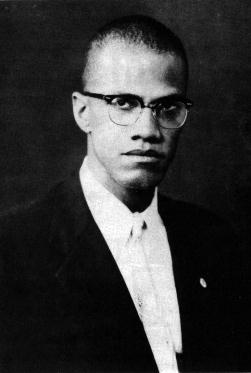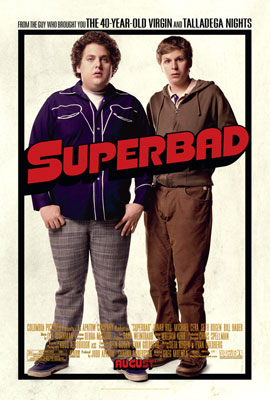Sunday, August 01, 2004
William Webb Ellis Myth
Below are several paragraphs from the article while you can read the full text here.
Rugby today, with its set pieces, strict offside laws and emphasis on try-scoring, is unrecognisable from the game played at the Warwickshire school in the early 1820s.
Perhaps the rugby World Cup should be played for the Tom Wills Trophy. Wills was the first man to take the Rugby School game out of England. He was, in a sense, a pioneer for a code which, in international terms, is headed now only by soccer.
The story about Ellis's "picking up a soccer ball and running with it" at Rugby School in 1823 is ridiculous in the extreme. There was no such thing as a round soccer ball in 1823. There was no such sport as soccer - or any football code in which handling was barred - until 40 years later, when delegates of the Blackheath club walked out of a meeting at the Freemason's Hotel in London.
The Football Association (as in the FA Cup) had been formed already to play under rugby laws but Blackheath refused to remove "hacking" - a practice in which the player in possession of the ball in a mass maul could be kicked viciously in the shins by opponents wearing iron-capped boots called "navvies". Ironically, the Rugby Football Union itself banned hacking when it was formed seven years later.
It was hacking, too, that led Wills to adapt the Rugby School game for "Australian conditions". The fear was that adult players would lose work time if recovering from leg injuries.
It was the issue of compensation for lost work time when playing or recovering from injuries suffered while playing that led to the break-away of rugby league (at first called Northern Union, and initially played under the same laws as rugby union) in northern England in 1895.
It was at that time England's RFU determined to prove the amateur rugby code was one of pure English creation - that an Old Rugbeian Society committee came up with the Ellis fable. It literally invented an "invention". The society was working 72 years after the Ellis event was supposed to have happened.
Ellis had died in absolute obscurity - certainly as far as football was concerned - 23 years earlier. The closest the society had to an eyewitness account, and a second-hand one at that, was by a man called Matthew Holbeche Bloxam, writing 57 years after Ellis was said to have broken the laws of the school game. Bloxam himself had been dead seven years.
Evidence of contemporaries of Ellis was disregarded - including that of Thomas Hughes, author of Tom Brown's Schooldays (1856). The description of football at Rugby in Hughes's public-school classic shows how close the game was in its basics to Australian football. One of those who wrote to the society, indeed, told the committee that Ellis's word was not to be trusted.
Nobody was certain how long a handling-running game had been played at Rugby - founded in 1567 - but it seems it goes back much further in the school's history than 1823.
For all that, the society went ahead and announced its findings - that a 16-year-old boy called William Webb Ellis had "with a fine disregard for the rules of football as played in his time first took the ball in his arms and ran with it, thus originating the distinctive feature of the rugby game. AD 1823".A tablet was placed in the walls of Rugby School and in 1923 a "centenary" match was played between England and Wales (21) and Scotland and Ireland (16) at the school's ground.
Through these events a lie was set in concrete. It has remained fixed in the minds of rugby (union) lovers and more casual sports followers for a century now. Only in the past three decades have historians began to realise just how flimsy is the premise on which it is based, and have challenged the society's story. Even the Rugby Football Union's own museum at Twickenham dismisses the Ellis myth lightly, although Rugby School's archivists continue to mount a slim defence of the Bloxam theory.It has all been too late for the real story to emerge, however and when, in 1987, the
International Rugby Board decided to name the World Cup after Ellis, it drove the final nail into the coffin of truth.


















Post a Comment